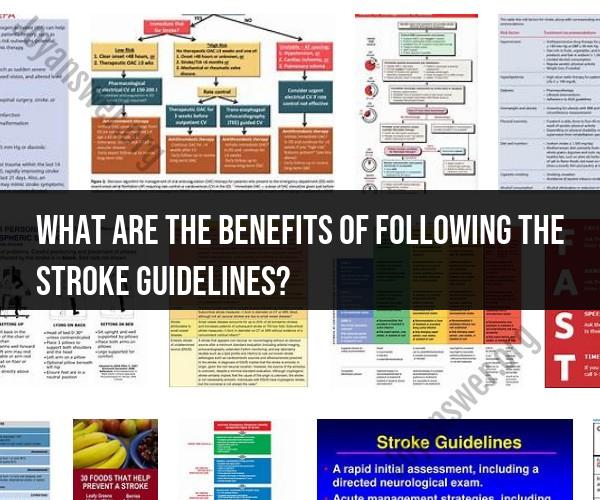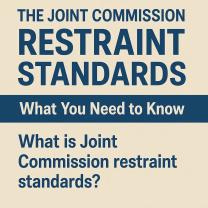What are the benefits of following the stroke guidelines?
Following stroke guidelines offers several significant benefits for both healthcare providers and patients:
Improved Patient Outcomes: Stroke guidelines are developed based on the latest scientific research and clinical evidence. By adhering to these guidelines, healthcare providers can offer the most effective and evidence-based treatments, leading to better outcomes for stroke patients. This includes reducing disability, improving quality of life, and increasing the likelihood of survival.
Timely and Appropriate Care: Stroke guidelines emphasize the importance of rapid assessment, diagnosis, and treatment. They provide clear recommendations for the time-sensitive administration of treatments such as thrombolytic therapy and mechanical thrombectomy. Following guidelines ensures that patients receive timely and appropriate care, which is critical in stroke management.
Standardization of Care: Guidelines help standardize the care provided to stroke patients across different healthcare settings. This consistency ensures that all patients, regardless of where they receive treatment, have access to high-quality care based on best practices.
Reduction in Variability: Following guidelines reduces variability in clinical practice. Healthcare providers are more likely to make consistent decisions regarding diagnostics, treatments, and interventions, which can lead to more predictable outcomes.
Optimal Resource Allocation: Guidelines help healthcare systems allocate resources efficiently. By recommending treatments that have been shown to be effective, guidelines can help hospitals and healthcare facilities make informed decisions about the allocation of equipment, personnel, and medications.
Enhanced Communication: Stroke guidelines facilitate communication and collaboration among healthcare professionals. They provide a common framework and language for discussing stroke care, enabling interdisciplinary teams to work together more effectively.
Improved Patient Safety: Guidelines emphasize patient safety by outlining best practices and precautions. This reduces the risk of errors and complications during stroke care.
Informed Decision-Making: Guidelines provide healthcare providers with the latest information on treatment options, potential risks, and expected outcomes. This enables informed decision-making and shared decision-making with patients and their families.
Continual Quality Improvement: Following guidelines is part of a broader quality improvement process in healthcare. Healthcare systems can use guideline adherence as a metric to assess and improve the quality of stroke care over time.
Reduced Healthcare Costs: By promoting effective and efficient care, stroke guidelines can help reduce healthcare costs associated with prolonged hospitalizations, complications, and disability.
In summary, adhering to stroke guidelines is essential for delivering high-quality, evidence-based care to stroke patients. It leads to improved patient outcomes, ensures timely and appropriate interventions, and contributes to the overall quality and safety of stroke care. It is important for healthcare providers and institutions to stay up-to-date with the latest guidelines and incorporate them into clinical practice.











